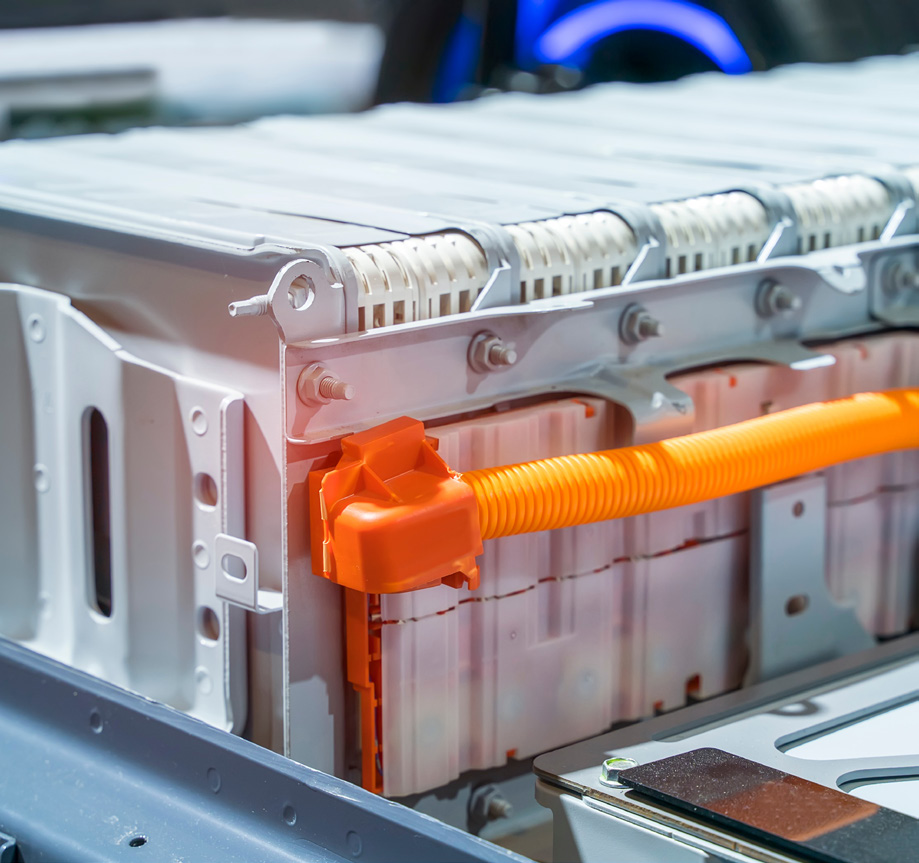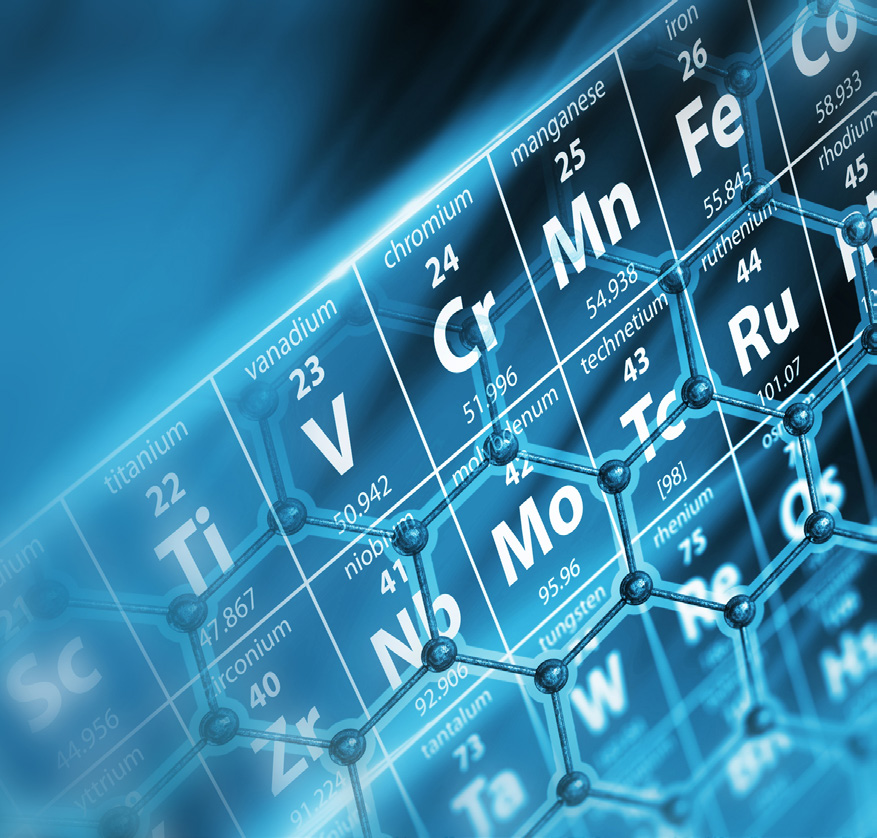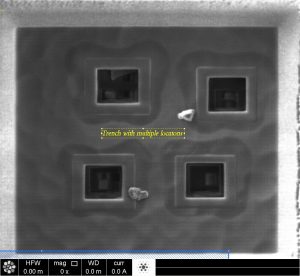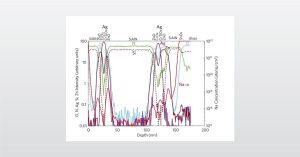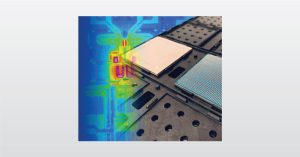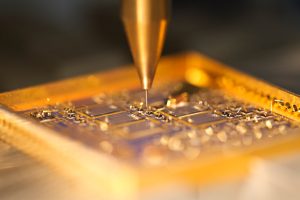
The Vital Role of Destructive Physical Analysis (DPA) in Aerospace and Beyond
DPA in the aerospace industry is essential for maintaining high levels of reliability, ensuring compliance with standards, conducting thorough quality control, and analyzing failures.
